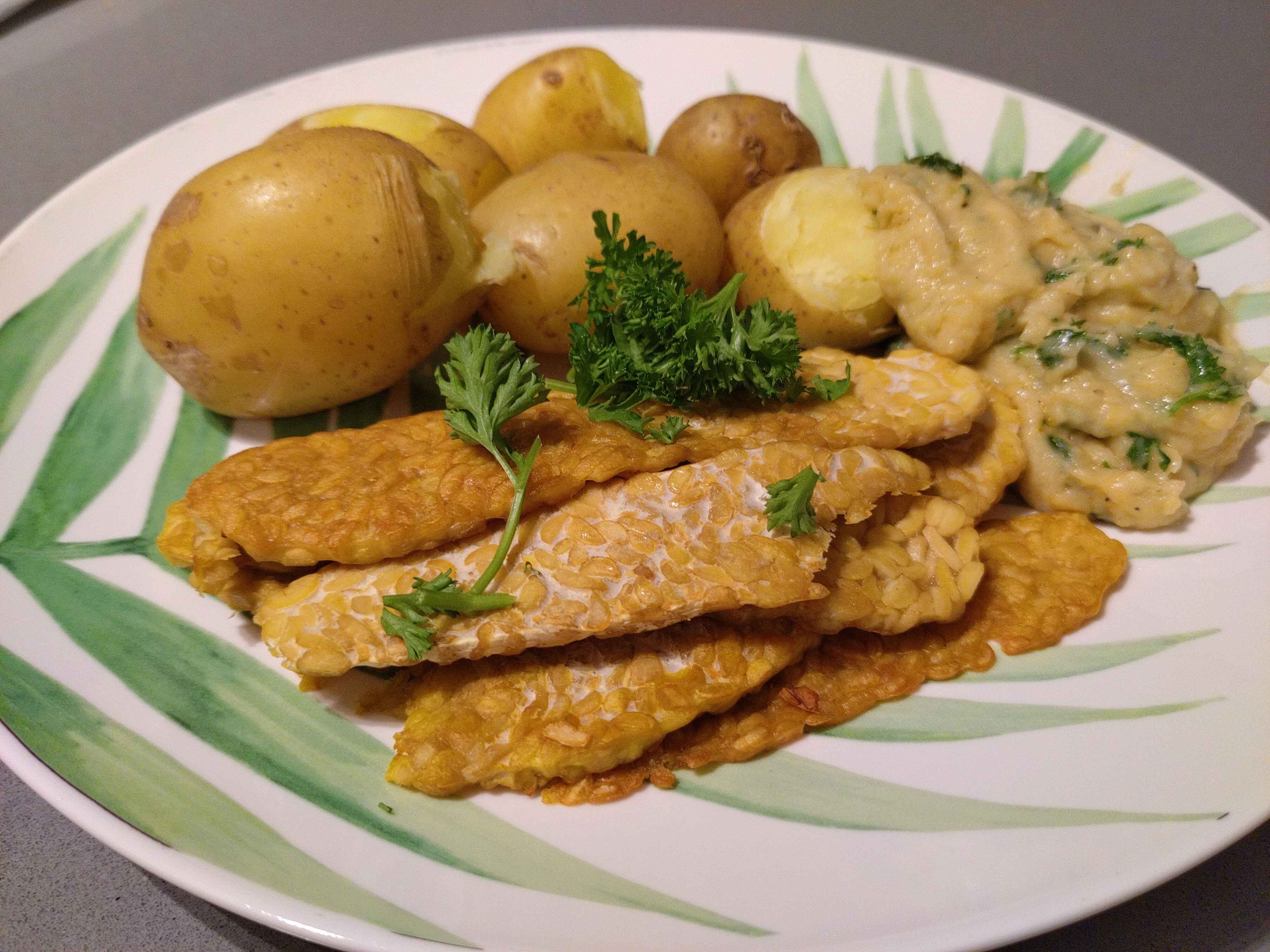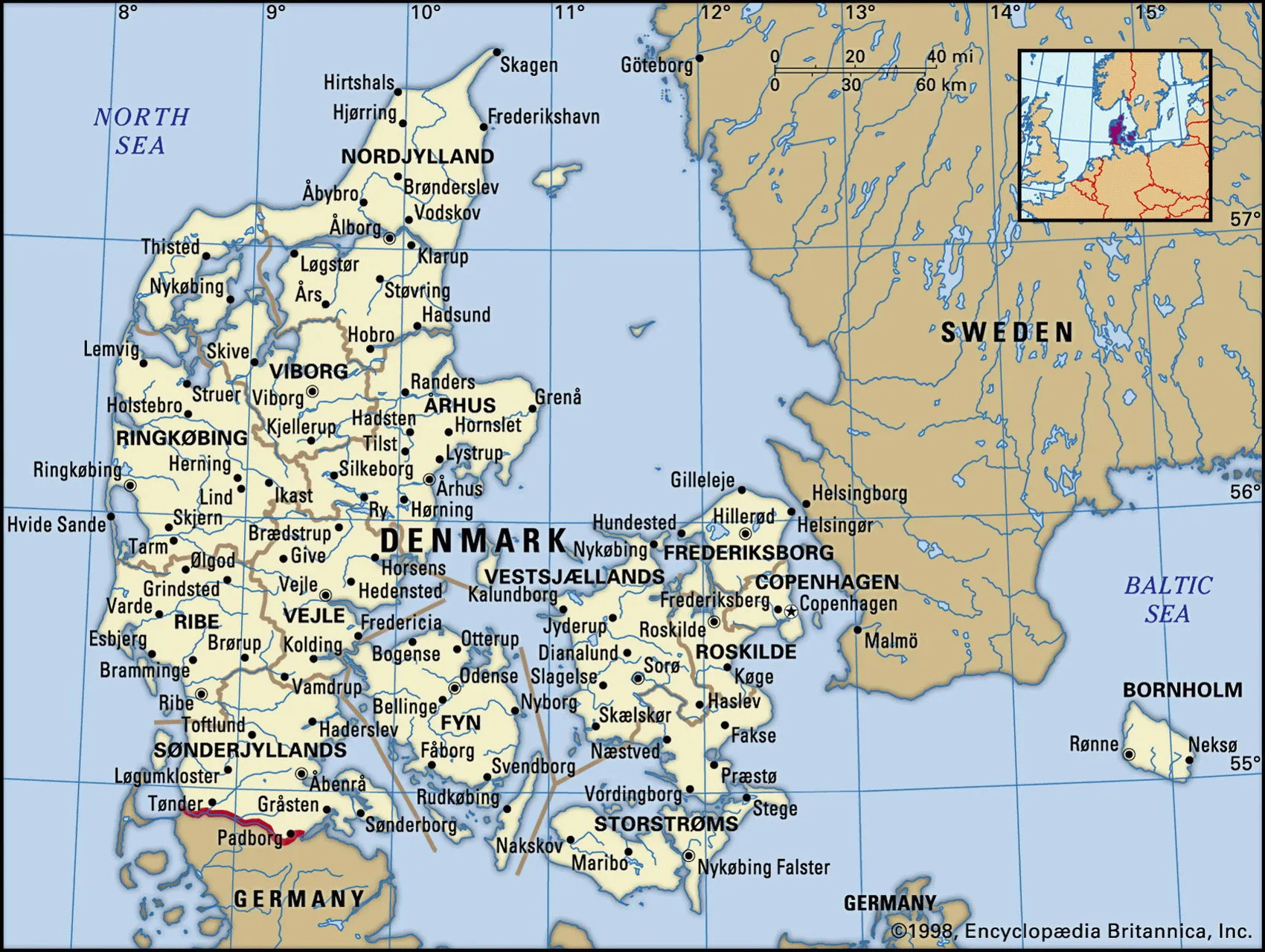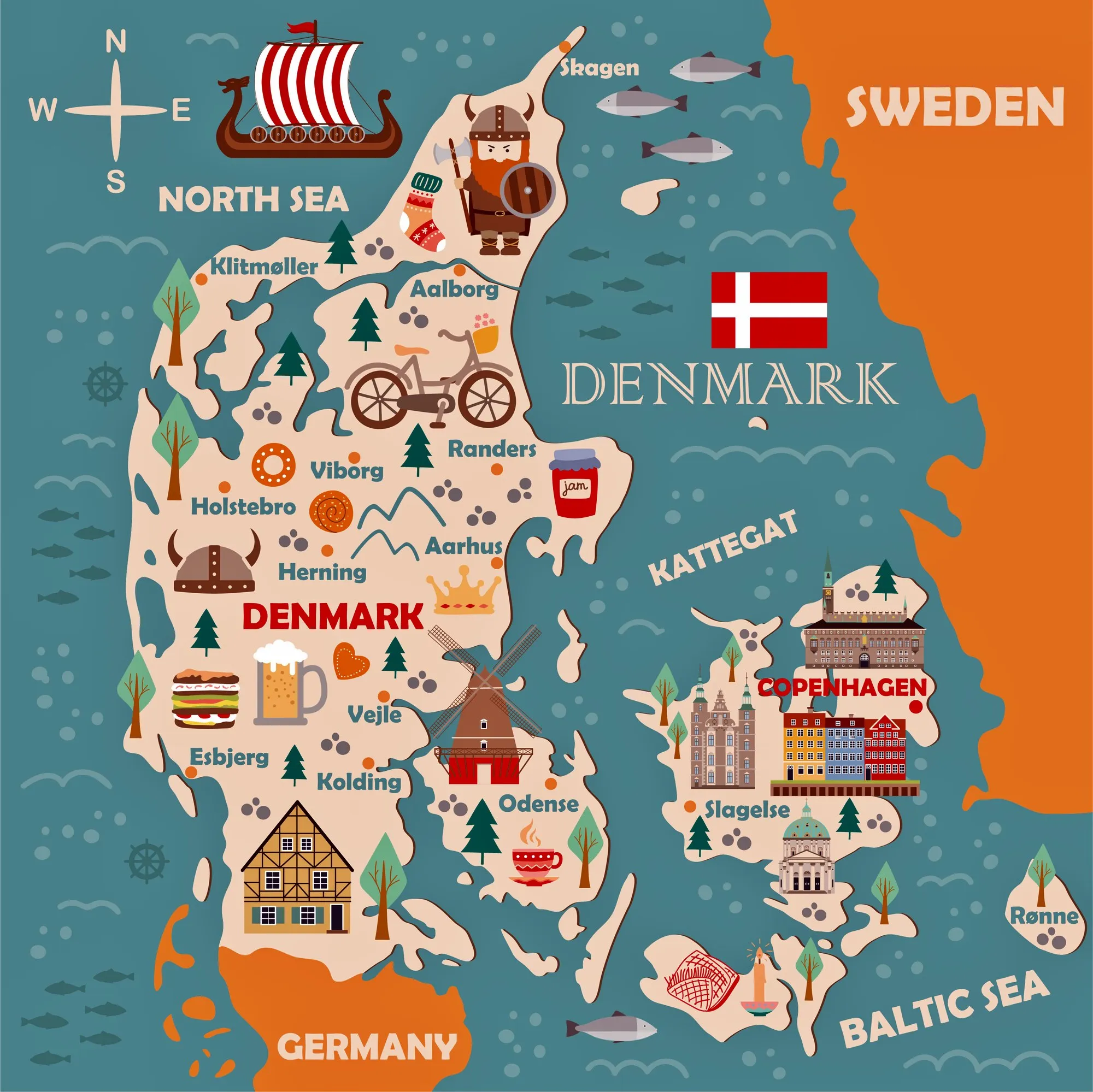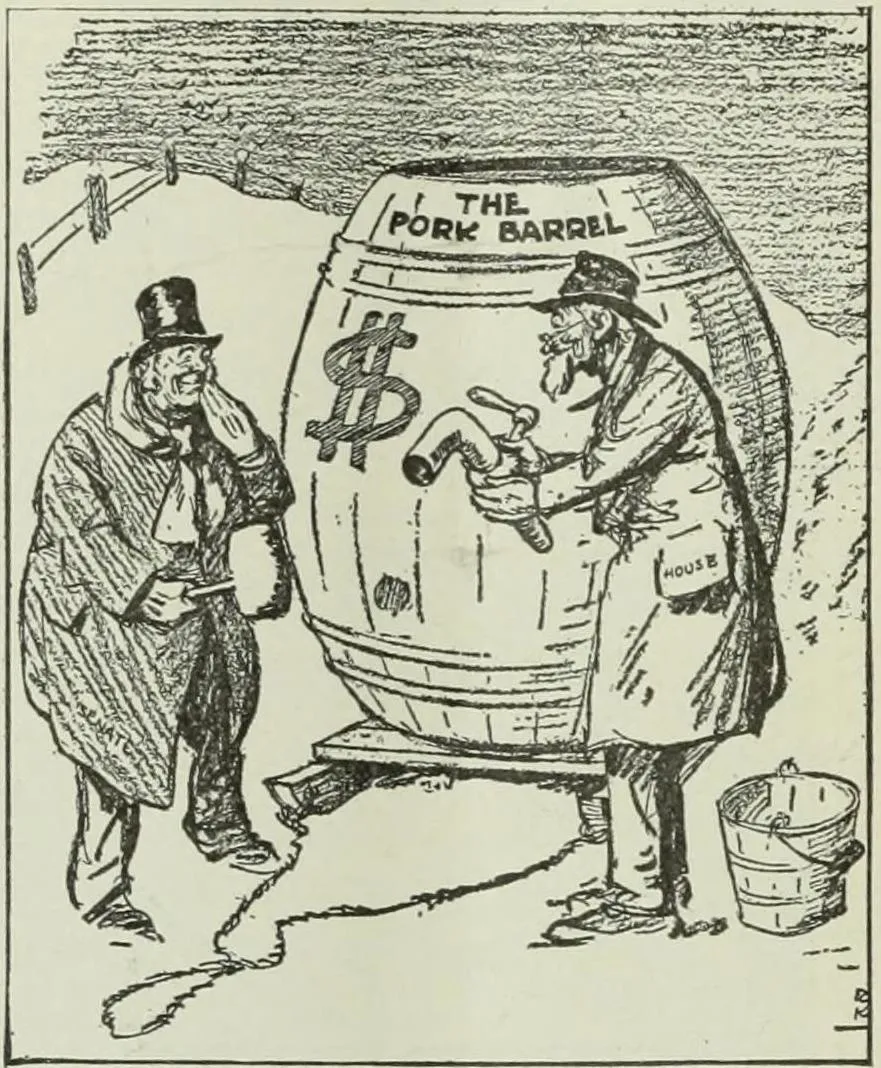
Vegan Stegt Flæsk med Persillesovs
Ingredients
1 block tempeh, thinly sliced into strips
1 lb (500g) yellow potatoes
1/4 cup (50g) vegan butter
4 tbsp flour
1/4 cup (60ml) non-dairy milk
1/4 cup (60g) vegan sour cream
1/2 cup (15g) fresh parsley, chopped
Salt
Pepper
Extra chopped parsley for garnish
Instructions
- Set a pot of water to boiling. Pierce the potatoes and add them to the water (either peeled or not, your preference). Boil for 20 minutes.
- While the potatoes are boiling, prepare the tempeh and sauce. Heat oil in a frying pan over medium heat. Add your tempeh strips and fry until browned on each side (4-5 minutes/side).
- While the tempeh is frying, prepare your sauce. Melt butter in a small saucepan. Once melted, add the flour and mix.
- Once mixed, add the milk, then mix again. Once combined into a somewhat watery sauce, add the cream. Mix again. The sauce should be thick, but not pasty. If the sauce is too thick, add a bit of water or milk. If it's too thin, add a bit of flour.
- Once the sauce is the right consistency, add the parsley, salt and pepper. Stir to combine, then let simmer for 5-10 minutes, or until the tempeh and potatoes are ready.
- Garnish with parsley and serve.
A longer, more detailed description
I usually try to steer clear of dishes that are, by their very name, explicitly a meat dish, but with this one, I couldn’t resist. Its place in Danish culture at this point is a pun, and I am an absolute sucker for puns.
I’m getting ahead of myself, though. Let’s make something tasty first.
Start by boiling your potatoes. Which potatoes you use are up to you, though I suggest not using big, manky potatoes. Instead, just think of how happy you’ll be with those cute little golden potatoes, just delicately bobbling in the water, then rolling around on your plate. Perfection. Chunk those little darlings into a pot of boiling water, still bedecked in their best outer garments, and let them enjoy their little bath while you make the rest of your dinner.
Next up is the tempeh. Tempeh is a new ingredient in this series, but it’s a tasty one. Heat oil over medium heat, then add your strips of tempeh to it. Fry them until they’re nice and brown, enjoying the sizzly sound they make as they go.
There’s still no time to sit and relax, though! This is a busy recipe. While the potatoes are riding the boiling roller coaster and the tempeh sizzles and pops, melt butter in a small pan over medium heat. Once it’s melted, add in flour to once again make that fanciest of things, a roux. Take a moment to feel fancy, then drown that roux in milk to make another fancy-sounding sauce, a bechamel. Add in your cream and give everything a good mixy-mix. You’ll want a sauce that’s thick but not too thick. Add flour if it’s too watery, water if it’s too floury, and then add parsley, salt, and pepper when it seems about right. Let it simmer and thicken for a few minutes while you wait for everything to be ready at the same time, then serve all together. Velbekomme!
Substitutes and Suggestions
For the tempeh: Boy howdy, am I ready to debate the tempeh. The tempeh in this recipe is doing some heavy lifting it was likely never intended to do, and I recognise that. It’s being substituted in for pork fat, and while I have never had pork fat, I have been told there is no substitute for it. However, I picked tempeh because it would fry nicely while still having a good texture, and pair nicely with a cream sauce. I chose to fry it without marinading because, again, I was trying to get that nice crispiness. If you want a more meaty flavour, I recommend marinating it before frying in a soy marinade. If you’re leery of tempeh more generally, I also considered oyster mushrooms, which would be less crispy, but would have a meatier flavour and texture. You have options here, and I recognise I probably picked the least interesting option.
What I changed to make it vegan
“Flæsk” literally translates as “pork,” so that got changed real quick. I also changed the dairy-based sauce for a non-dairy one. But you know what never changes? Potatoes. Potatoes never change.
What to listen to while you’re cooking this
You know what hit song is actually Danish? That said, I prefer Aqua’s second album because it reminds me of high school. Here’s my favourite song from that album, Cartoon Heroes.
No, I will not be apologising to the nation of Denmark.
A bit of context for this dish

In my previous post, I talked about the peasant cuisines and the idea of a dish originating from ordinary country folk trying to make it through another winter. I recognise that characterisation could be considered a pejorative, but it is very much not intended as such. There is something deeply sweet and a bit humbling about making a dish that has its roots in centuries of villagers, trying and succeeding in making it through another season, and of the embracing of that act of survival through the incorporation into a national cuisine. I love it, and I love that connection to the people of a place whose stories are otherwise never told. The deeds of the common folk may not be recorded in words, but their stories are eternal in the food and culture we continue to celebrate.
I bring this up because Danish cuisine is, traditionally, a cuisine defined by that history of survival and the celebration of foodstuffs that will make it through winter. Rye bread, dried and smoked meats, and potatoes are a staple of traditional Danish cuisine because of that narrative of survival. While traditional dishes have absolutely evolved and continue to evolve in the face of new ingredients and cooking techniques, the core identity and narrative continues to define Danish cuisine today.
 This is a much cuter map of Denmark.
This is a much cuter map of Denmark.
Stegt flæsk falls very solidly in that tradition of survival food cum comfort food. Without once again rehashing the history of potatoes, the pork belly element of stegt flæsk is likely as old as the concept of eating pigs itself (which, in Europe, is likely at least 8500 years old, though there is a complex and fascinating history there that I will not go into because this is a vegan food blog, and pigs are not vegan food). Potatoes, of course, are a product of the Columbian Exchange, and a fairly recent introduction into Europe, especially into Denmark. While we talked about the adoption of potatoes in Belarus, many of the lessons from that post are also applicable here - potatoes were slow to be adopted, but exploded once they had been.
 I didn't have to include the map, but I also did.
I didn't have to include the map, but I also did.
The modern conception of stegt flæsk likely dates back to the mid to late 18th century, following the adoption of potatoes by rural Danes. As with many of these traditional dishes, there is no one date or place or person that can be traced back as the originator of stegt flæsk, but more a general time and place. It first appears on restaurant menus in the 1850s, showing that, even relatively early in its existence, it was making the transition into haute cuisine.
It makes sense, though. Stegt flæsk is simple and cheap to make, and is delightfully flavourful. It’s easily made with the ingredients one likely already has, and so fits in nicely with whatever other dishes are being made around it. It is, in many ways, an ideal dish to pitch in to any menu.
However, finding a place in the hearts of menus of Denmark was not the end of the story for stegt flæsk. Stegt flæsk is part of a very specific tradition in Denmark, and it’s here that I get back to the puns.
 Danish election posters
Danish election posters
The phrase “pork-barrel spending” is almost ubiquitous in modern American politics. The phrase refers to politicians earmarking government spending for their districts, and while it was not originally intended as a pejorative, it has very much become one. The modern usage of the phrase as a pejorative dates back to the late 19th century, with its first recorded use in newspapers in 1909.
Though the phrase may have originated in the United States, the concept isn’t unique to that country. The idea of politicians wasting taxpayer money on unnecessarily local projects to keep themselves in office is a near ubiquity in modern democracies. What is interesting is the translation of the phrase into different countries and their political systems, and how it’s come to be adopted around the world.
 A 1917 cartoon published in New York World
A 1917 cartoon published in New York World
In addition to its place in the hearts of the Danish public, the humble stegt flæsk has another role in Danish life - it is the dish to make on election nights. Much like the American English “pork barrel,” Danish, too, has a pork-based analogy for sly political tricks. Translating literally as “election pork,” the Danish phrase “valgflæsk” refers less to the American concept of pork-barrel spending, and more to the idea of politicians making lofty promises that they have no intention or ability to fulfil just to ensure their own election. Pork, for all its centrality in Danish cuisine, is also a stand-in for an unkeepable promise. Stegt flæsk, as the comfort, pork-based food, then, became almost a symbol of these promises. If the valgflæsk never could and never would be fulfilled, the stegt flæsk at least could be.
There’s something almost existentially glorious about that line of thinking, an almost resolute acceptance of the nihilism of democracy. I love it.
 Kierkegaard would be proud.
Kierkegaard would be proud.
In 2014, stegt flæsk became the national dish of Denmark, voted in by the Danish populace and cementing its place. It’s gone from a humble peasant food, made of whatever was left in the back of the pantry in the cold of winter to a national institution and a celebration of the fallacy of democracy itself.
Which, if you think about it, is a fantastic thing for any food to achieve.